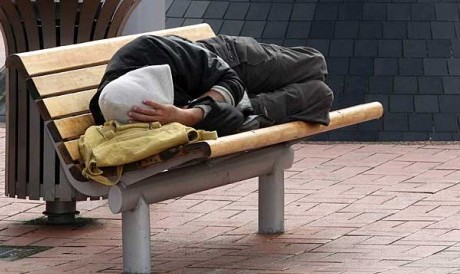Today, the top one per cent of incomes in the United States accounts for one fifth of US earnings. The top one per cent of fortunes holds two-fifths of the total wealth. Just one rich family, the six heirs of the brothers Sam and James Walton, founders of Walmart, are worth more than the bottom 40 per cent of the American population combined ($115 billion in 2012).
After thousands of scholarly and popular articles on the topic, one might think we would have a pretty good idea why the richest people in the US are pulling away from the rest. But it seems we don’t. As the Congressional Budget Office concluded in 2011: ‘the precise reasons for the rapid growth in income at the top are not well understood’. Some commentators point to economic factors, some to politics, and others again to culture. Yet obviously enough, all these factors must interact in complex ways. What is slightly less obvious is how a very long historical perspective can help us to see the whole mechanism.
In his book Wealth and Democracy (2002), Kevin Phillips came up with a useful way of thinking about the changing patterns of wealth inequality in the US. He looked at the net wealth of the nation’s median household and compared it with the size of the largest fortune in the US. The ratio of the two figures provided a rough measure of wealth inequality, and that’s what he tracked, touching down every decade or so from the turn of the 19th century all the way to the present. In doing so, he found a striking pattern. Continue reading
Sources
- Peter Turchin in Aeon Magazine
- Image: Stuff
Peter Turchin is professor of ecology and mathematics at the University of Connecticut.
